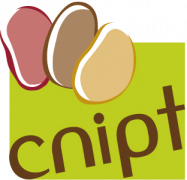Abstract
Light exposure of potatoes induces formation of both chlorophyll (greening) and of toxic glycoalkaloids (GAs). Greening leads to rejection by consumers and thus to food waste and economic loss. The aim of this study was to (1) study light sensitivity with respect to colour changes and GA development for different Norwegian grown potato cultivars stored at 20 °C and (2) evaluate the light protective effect of selected packaging materials on colour development in cv. Folva at 6 °C and 20 °C. Potatoes of seven cultivars were stored under LED illumination for 4 days at 20 °C. Changes in colour were measured during storage by Minolta Chroma meter and by visually assessing the limit for unacceptable change of colour. The tested cultivars became unacceptable at different times (24–60 h) and differed both in absolute colour values and relative changes of values. The levels of total glycoalkaloids in cultivars with and without light exposure did not correspond well to the changes in colour. Potatoes of cultivar Folva were packaged in materials with different light barrier properties, followed by LED illumination for 4 days at 20 °C and 18 days at 6 °C. None of the tested packaging types provided sufficient protection from light. All potatoes at 20 °C were unacceptably green after 2 days in light (16 h/day) while the potatoes at 6 °C were unacceptably green after 9 days. Packaging material for potatoes cv. Folva should aim for a total light transmittance below 0.02 W/m2 to avoid development of green colour during light exposure at 20 °C in grocery stores.















